SOURCE: AFI
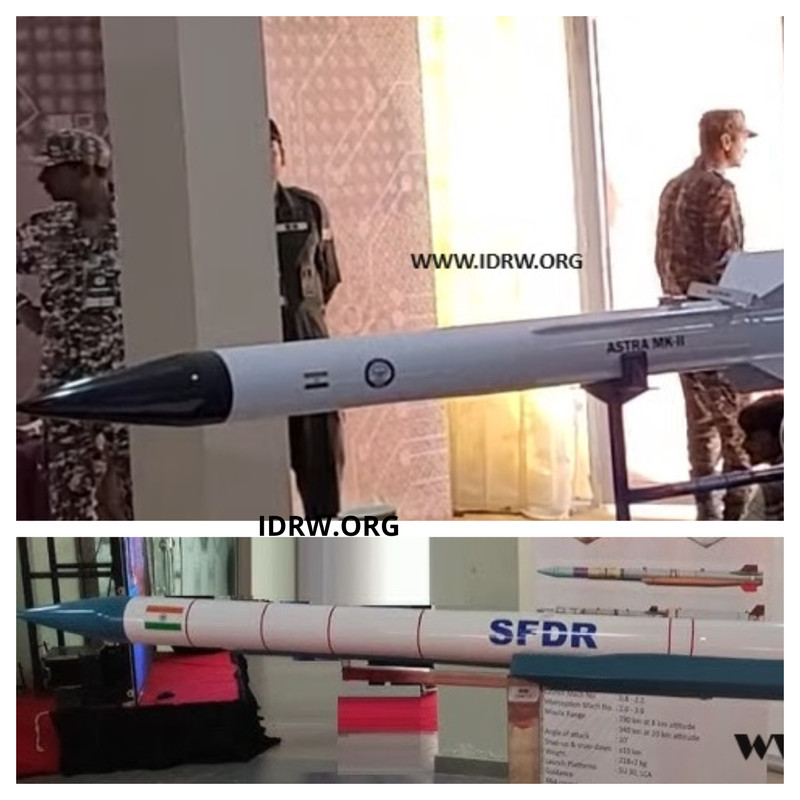
Recent rumors suggesting the Indian Air Force (IAF) is abandoning the Astra MkII BVR-AAM (Beyond-Visual-Range Air-to-Air Missile) in favor of the Astra MkIII which are inaccurate. Astra MkII for Astra MkIII that are under development will be procured in large numbers when it is ready for production.
The Astra MkII utilizes a cost-efficient dual-pulse motor technology, making it a more economical choice for large-scale procurement. This translates to equipping more fighter jets with this potent missile. ramjet-powered Astra MkIII missile boasts an impressive 350km range, enabling the IAF to neutralize enemy threats from much farther distances. While likely more expensive than the MkII, it provides superior long-range strike capabilities.
Continue readingSOURCE: AFI

The Indian Navy’s anti-submarine warfare (ASW) prowess receives a significant boost from two indigenously built corvettes – INS Kavaratti and INS Kiltan. But behind these “crowning jewels” lies a crucial piece of Swedish innovation: Saab’s advanced carbon fiber superstructure technology.
Saab’s expertise comes into play with the integration of a carbon fiber composite superstructure onto the vessels’ metallic main hulls.
Continue readingSOURCE: AFI
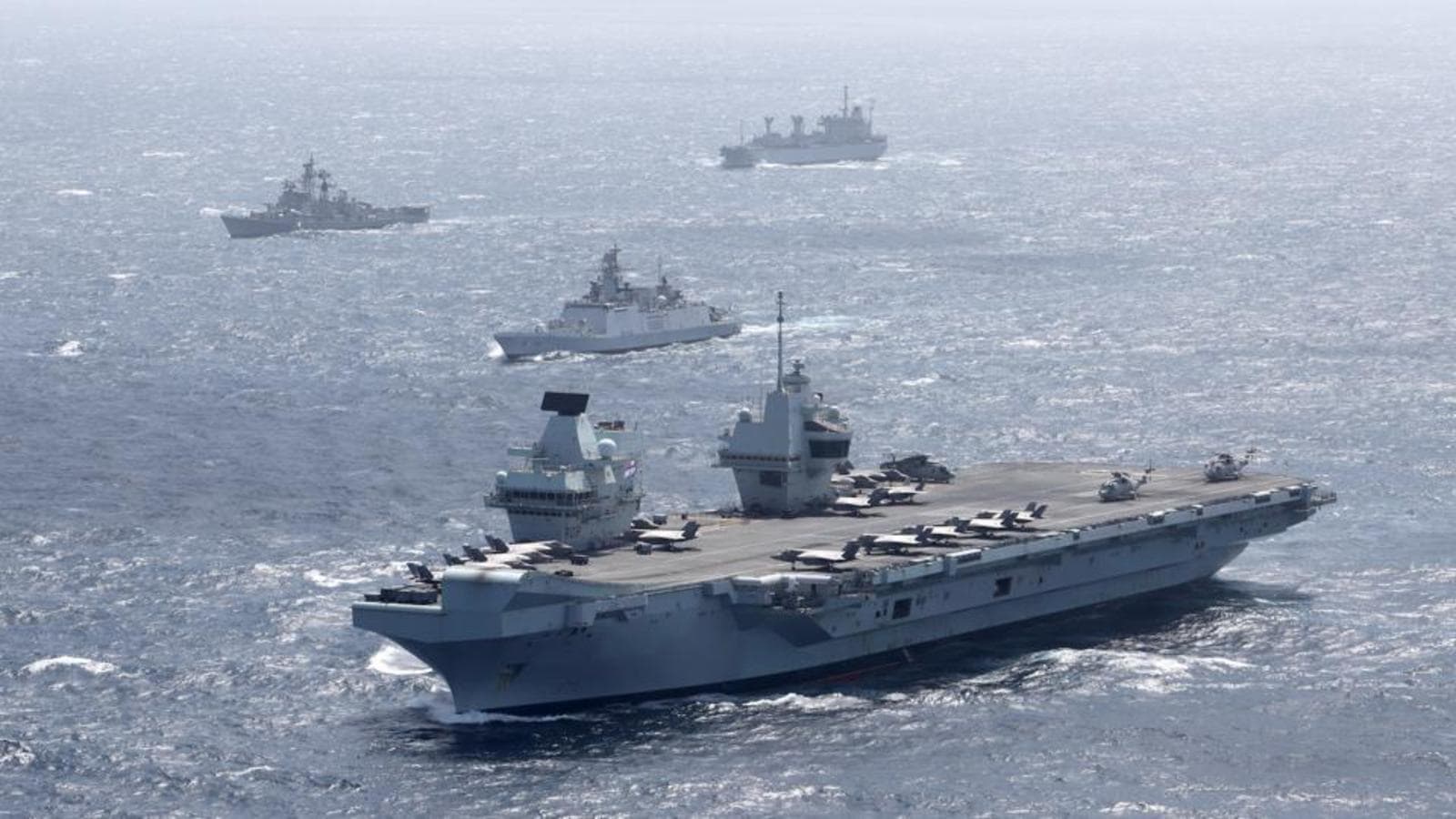
The United Kingdom and India are set to significantly enhance their naval cooperation, with a major exercise planned for the Pacific Ocean in 2025. This development signifies a growing strategic partnership between the two nations.
This announcement follows the UK’s decision to deploy its high-readiness Littoral Response Group (LRG) to the Indian Ocean region in 2024. This initial deployment is seen as a stepping stone towards the larger 2025 exercise, which will involve the deployment of the prestigious UK Carrier Strike Group (CSG) to the Pacific Ocean for a joint exercise with the Indian Navy.
Continue readingSOURCE: IDRW.ORG.
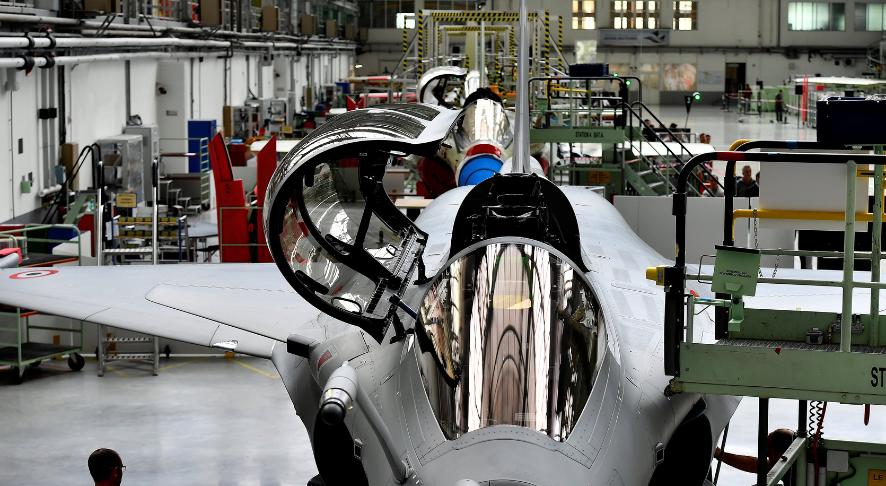
Defense Analyst Ranesh Rajan, in an interview with idrw.org, has cast doubt on the viability of acquiring 114 Rafale fighter jets under the Make in India program within the framework of the Multi-Role Fighter Aircraft (MRFA) tender.
Rajan argues that the sheer cost of such a large-scale purchase, estimated at around $25 billion, could put significant strain on India’s defense budget. He suggests that prioritizing this acquisition might delay or even derail funding for crucial domestic projects like the Tejas MkII and AMCA fighter jets.
Continue readingSOURCE: IDRW.ORG.
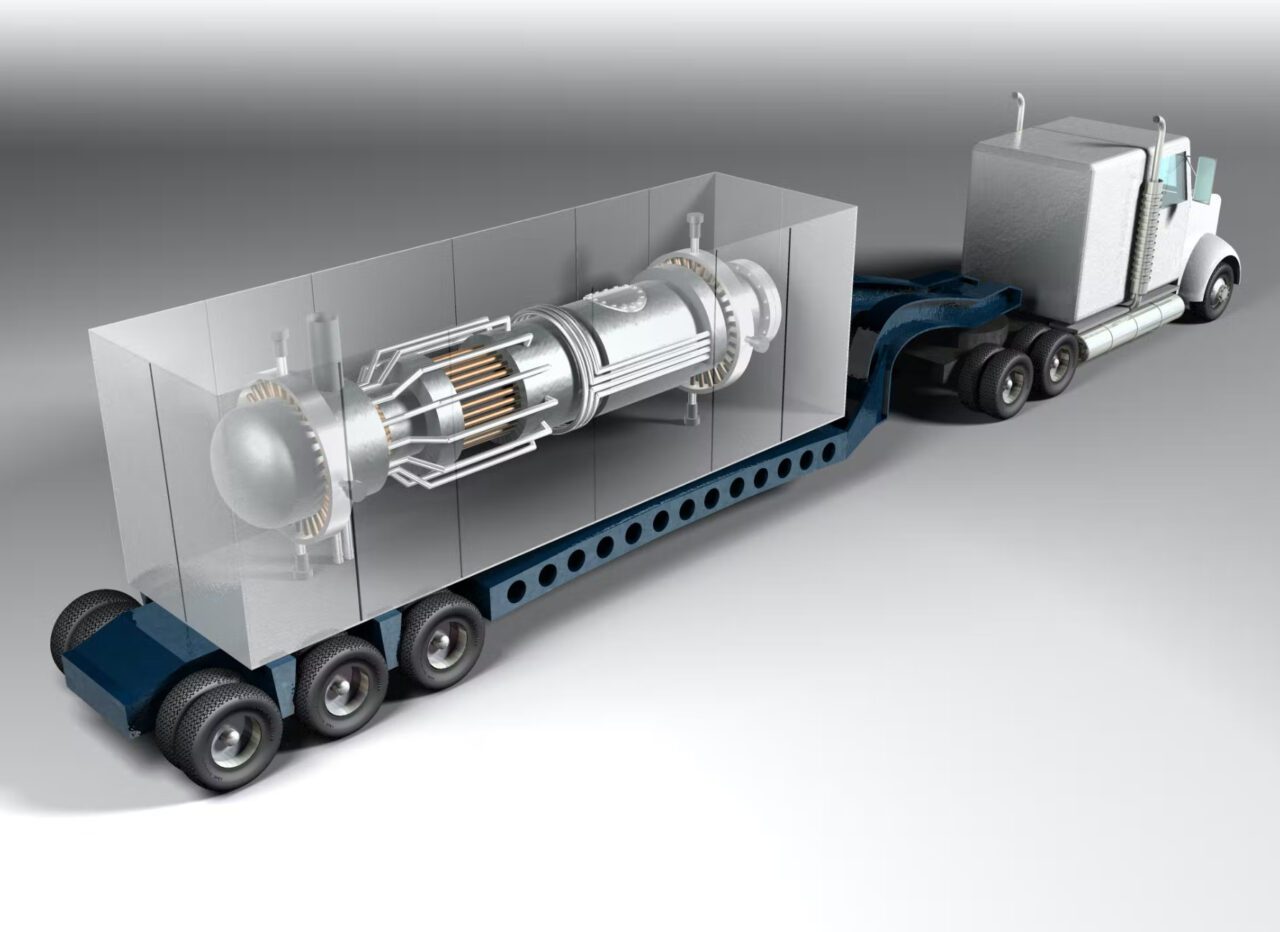
The Bhabha Atomic Research Centre (BARC) is reportedly developing a mobile reactor technology with wide-ranging applications. While details remain undisclosed by BARC, experts believe it could be a dual-use system, potentially impacting both civilian and military sectors.
The concept of a mobile reactor presents exciting possibilities. It could provide a reliable and continuous power source for remote locations currently lacking access to traditional infrastructure. This could be particularly beneficial for regions with challenging terrain or underdeveloped grids.
Continue readingSOURCE: AFI
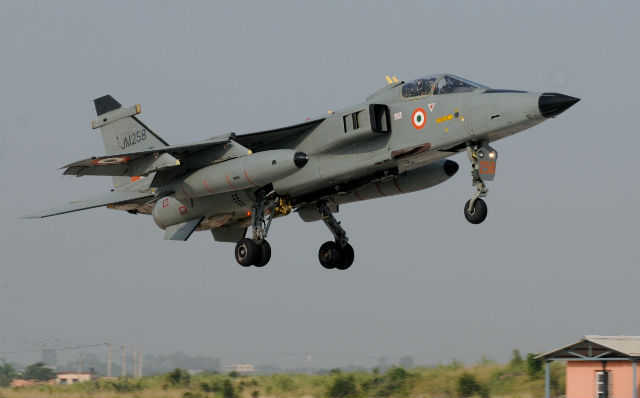
The Indian Air Force (IAF) has announced a phased retirement plan for its Jaguar strike aircraft fleet, beginning in 2027-28. This multi-year program aims to completely remove Jaguars from service by 2035. IAF will start retiring with DARIN-I/II Aircrafts, which was upgraded aircrafts first.
Originally, the plan was to replace Jaguars entirely with the Tejas MkII fighter jet, a more modern and indigenous design. However, it appears the initial squadrons slated for retirement may transition to the Tejas Mk1A variant instead.
Continue readingSOURCE: AFI

Talks between India and Nigeria on the possible sale of Light Combat Aircraft (LCA) Tejas Mk1A have gained momentum as both nations explore avenues for defense collaboration. India is looking to capitalize on its growing presence in Africa to not only export more domestically produced defense equipment but also to access new markets and solidify its global standing.
Nigeria’s air force relies heavily on aging or obsolete platforms, including the Alpha Jet, MiG-21, and F-7. The nation also possesses a limited fleet of three JF-17 Thunder jets, co-developed by China and Pakistan, acquired in 2018.
Continue readingSOURCE: AFI
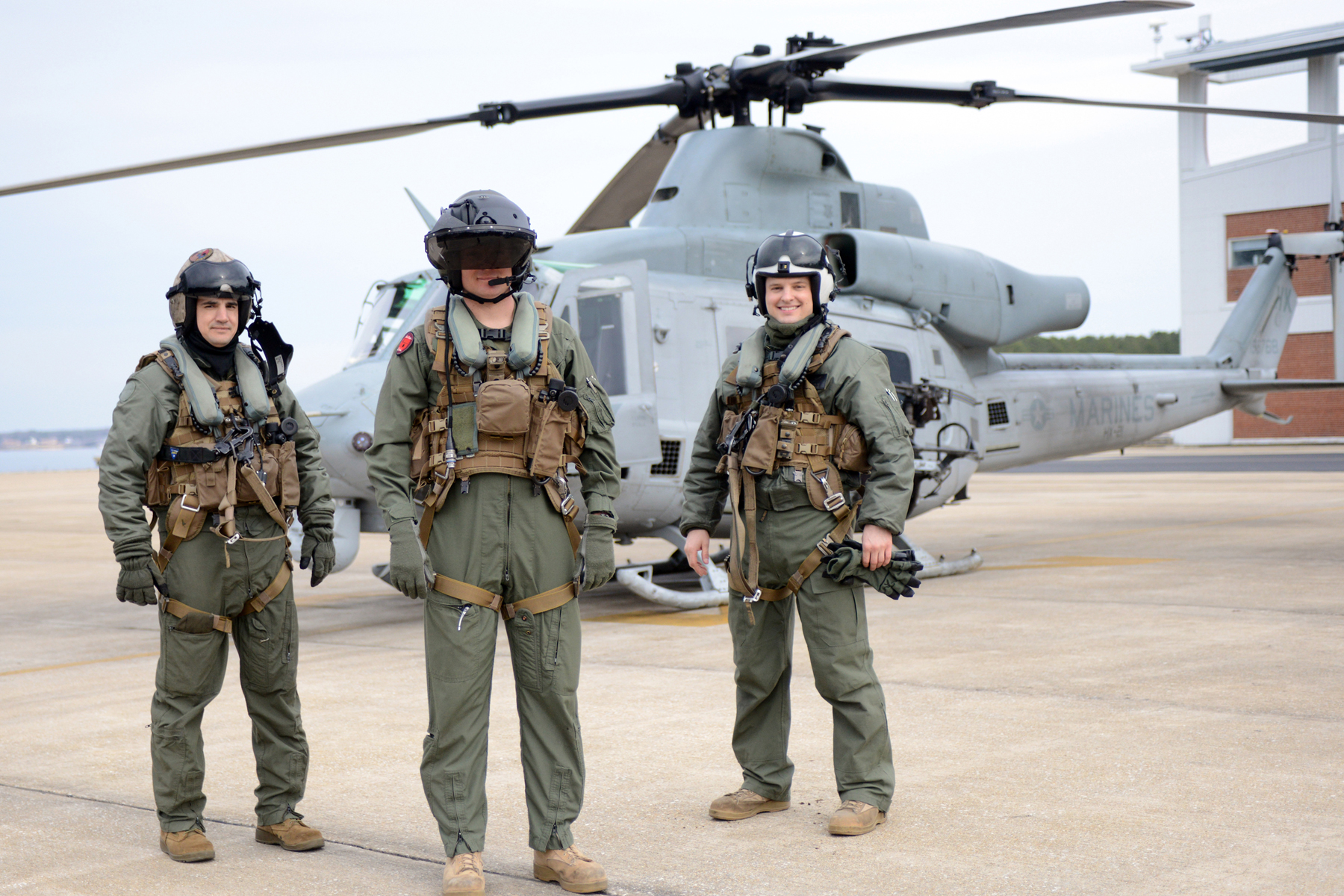
The Indian Air Force (IAF) is enhancing the safety of its helicopter crews engaged in counter-terrorism and internal security operations. New, lighter-weight bulletproof jackets are being developed to address the limitations of existing equipment.
The current IAF-issued bulletproof jackets, weighing a hefty 6.5 kg, are described as bulky and uncomfortable for aircrew to wear while flying. This restricts mobility and potentially hinders performance during critical missions. Additionally, personnel must wear a separate tactical vest over the jacket to carry ammunition and survival gear, further increasing overall weight and bulk.
Continue readingSOURCE: AFI

The Indian Navy has taken a significant leap in enhancing its operational efficiency with the induction of two cutting-edge Light Detection and Ranging (LIDAR) ceilometers. These advanced systems, designed and developed under the ‘Project Megh Suchak-10’ (MS10) initiative, were handed over to the Navy by Dr. Ajay Kumar, Director of the Instruments Research and Development Establishment (IRDE) in Dehradun.
LIDAR (Light Detection and Ranging) ceilometers are advanced laser-based systems that measure cloud base heights with exceptional accuracy.
Continue readingSOURCE: AFI

In the aftermath of the recent airstrikes conducted by Israel and the subsequent retaliation by Iran, a narrative of conflicting claims of victory emerges. While Israel touts its military-technical achievements, Iran heralds a political success in restoring deterrence. Delving deeper into the intricacies of the events unveils a complex web of military capabilities, geopolitical maneuvering, and strategic calculations.
Israel’s proclamation of victory rests primarily on its purported destruction of incoming threats, including drones, cruise missiles, and a significant interception of ballistic missiles. With a formidable anti-ballistic missile defense system, bolstered by support from the US Navy and allied forces, Israel showcased its military prowess. However, the breach at Nevatim airbase underscores the limitations of even the most advanced defense mechanisms, highlighting the persistent threat posed by Iranian aggression.
Continue readingSOURCE: AFI

In a significant blow to Iran’s military capabilities, roughly 50% of the ballistic missiles fired at Israel during Saturday’s attack failed to launch or crashed before reaching their targets, according to three U.S. officials.
Officials estimate Iran launched between 115 and 130 ballistic missiles, aiming to overwhelm Israel’s air defense systems. However, when pressed for details about the strikes, they revealed that only about half were successfully intercepted. The remaining missiles malfunctioned in flight and never posed a threat to Israel.
Continue readingSOURCE: RAUNAK KUNDE / NEWS BEAT / IDRW.ORG

Bharat Forge, led by Chairman and Managing Director Baba Kalyani, has taken a significant step forward in artillery innovation with the development of a 155mm 39 calibre truck-mounted gun system. This news comes alongside the revelation that the company is already working on an even more powerful variant – a 155mm 45 calibre truck-mounted gun system.
The 39 calibre system boasts a 4×4 wheeled truck platform, offering high mobility and adaptability for various terrains. This design has already proven its worth, securing a substantial 72-unit order from Armenia. The Indian Army has also shown interest, in conducting trials to assess its performance in diverse Indian landscapes.
Continue readingSOURCE: RAUNAK KUNDE / NEWS BEAT / IDRW.ORG
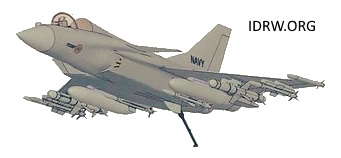
In a recent media interaction, Vice Admiral Satish Namdeo Ghormade, the serving Vice Chief of Naval Staff (VCNS), provided insights into the development of the Twin Engine Deck Based Fighter (TEDBF) program for the Indian Navy.
Admiral Ghormade assured that the TEDBF program is progressing as per a carefully crafted plan, considering the available resources. The first test flight is anticipated within the next 3-4 years.
Continue readingSOURCE: RAUNAK KUNDE / NEWS BEAT / IDRW.ORG

The Indian Embassy in Cairo is actively promoting Indian-made defence equipment, with a particular focus on the Akash air defence system, according to sources familiar with the program. Discussions are reportedly underway between India and Egypt regarding the potential sale and local production of Akash missiles.
Egypt boasts one of the most robust and well-organized air defence systems in the Middle East. However, a significant portion of its arsenal consists of ageing Soviet-era technology, including MIM-23 Improved Hawk missiles,2K12 Kub (SA-6 Gainful) systems, Indigenously produced Tayer el-Sabah (SA-2 Guideline) missiles, Upgraded S-125 Pechora-M (SA-3) systems.
Continue readingSOURCE: AFI

Hindustan Aeronautics Limited (HAL), a leading Indian aerospace and defense company, is embarking on an ambitious transformation journey. Chairman and Managing Director, CB Ananthakrishnan, has announced a significant increase in investment towards research and development (R&D).
HAL is strategically allocating 15% of its profits to fuel R&D initiatives. This investment is expected to grow over time, reflecting the company’s long-term commitment to technological advancement. The ultimate goal, as envisioned by Ananthakrishnan, is to propel HAL from a prominent aerospace manufacturer into a full-fledged technology company.
Continue reading